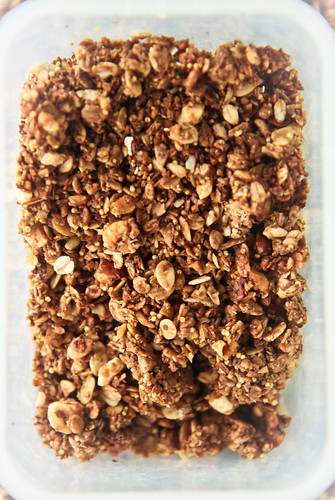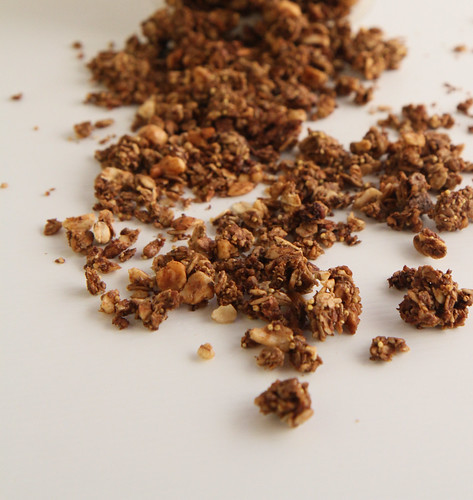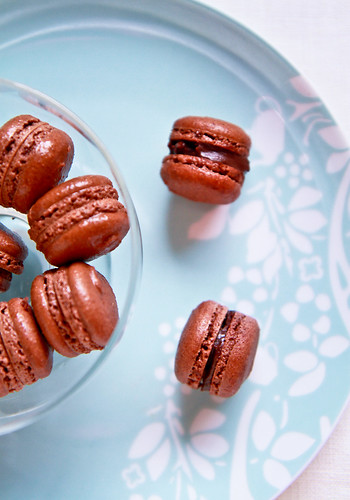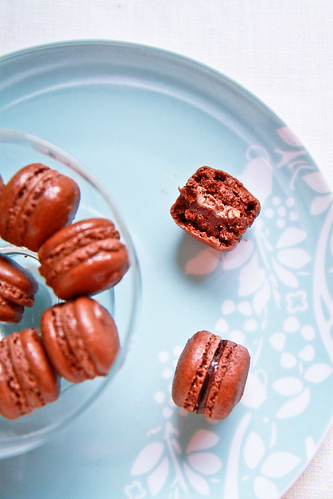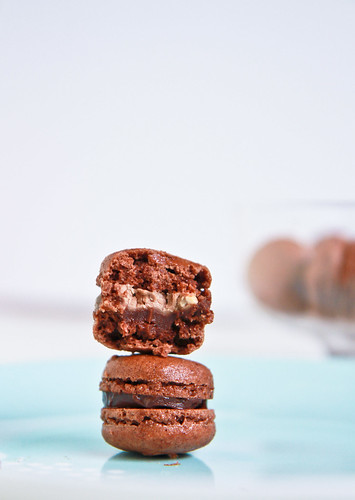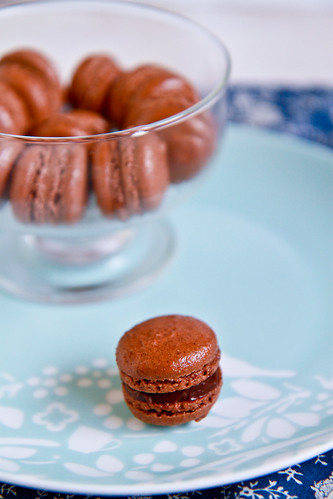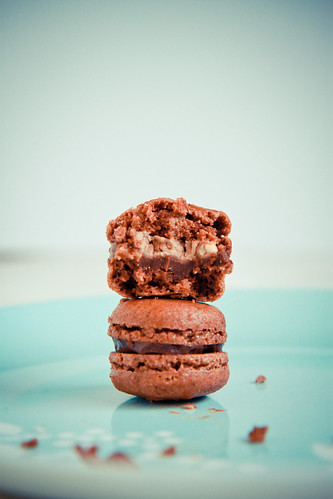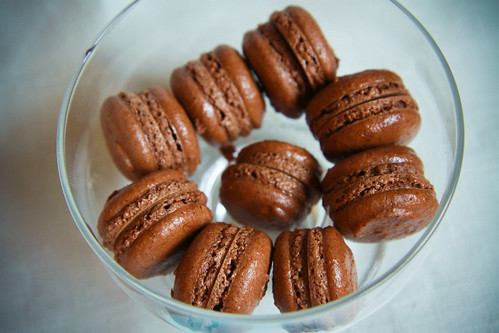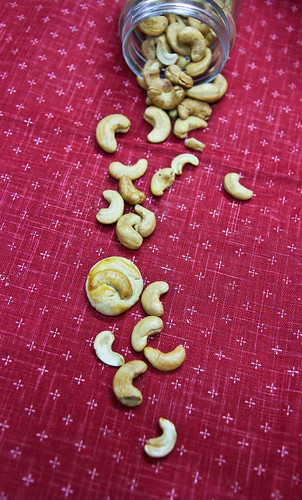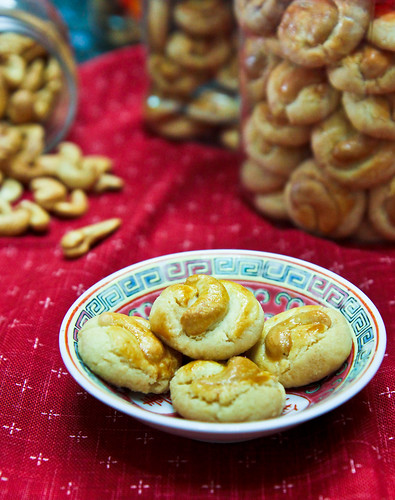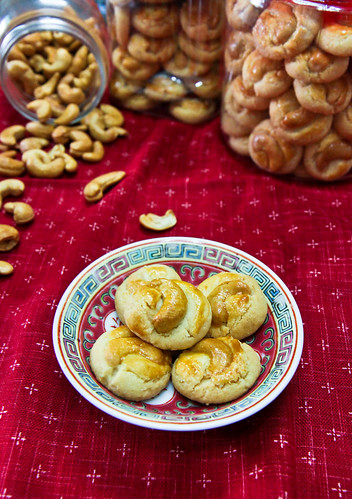I will be talking about revolutions today. When anyone talks about revolutions these days, you think about the 'Arab Spring', or the year of Arab revolutions that began in Tunisia in December 2010 and resulted in a wave of uprisings across the Arab world. And when you actually think about it (and it's been credited in many newspapers and other media around the world), then one catalyst for this widespread revolution was the act of one man. One man, by the name of Bouazizi, who decided one day to set himself on fire to protest, not against his government - no, it was not such a noble act, but it was specially against the confiscation of his goods and the humiliation he suffered under the government officials who came around his street to harass him. This then led to widespread public anger and violence, which led to the fall of the Tunisian government. This of course spread to other countries around Tunisia, most notably that of Egypt and Libya.
This of course brings to mind a very often quoted phrase these days, that repression is the seed of revolution.
This brings to mind a quote by Marianne Williamson “Personal transformation can and does have global effects. As we go, so goes the world, for the world is us. The revolution that will save the world is ultimately a personal one." Jamie Oliver made food education his personal revolution, and I would like to think that he has succeeded somewhat in impacting the world. Food Revolution Day is perhaps a culmination or an extension of what has been done, it goes beyond food education to school children – it is slated on 19 May 2012, and it is a day for people to recognize that we need to start thinking about where our food comes from. It is a day for parents to realize that food habits are cultivated at home, and they too have a part to play in improving the lives of both themselves and their children.
Anyhow, I’m not sure if my own consciousness about food began before or after I watched the series or heard about it, but I have been increasingly conscious of what I am eating of late. One reason is because after starting work, I’ve been eating lunch at hawker centres and elsewhere, and this, coupled with a lack of exercise, has resulted in some weight gain. What I am about to relate is probably the story of many.
Often, when I eat at hawker centres (Lau Pa Sat and Golden Shoe for example), I can’t help but feel a tad sick at the amount of oil, salt and MSG that’s going into my body. So why not eat salads you might ask? Salad shops are abundant where I work, mainly because all of us here are white collared workers, but the cost of these salads are astronomical! A bowl of bak chor mee or wanton mee will probably set me back $3 - $3.50, but salads start from at least $8! And that’s the most basic salad with NO meats! Being the cheapo that I am, I can’t help but think that for $8, I can buy buttercup, arugula, tomatoes, cucumbers enough to feed my entire family of 5! Trying to eat healthy in Singapore really is expensive! And because of my work hours (I often work till 10pm), I really don’t have the time to prepare salads or other homecooked food myself. Enter my mother. Sometimes when I don’t make it back for dinner, I get my mom to pack my dinner for lunch tomorrow, so that I can not only save money, but know that I’m eating healthy home cooked food. These are the small things that I have been doing in order to have a healthier lifestyle. For those who don’t have such nice mothers like I do, don’t fret – you can make a huge batch of pasta sauce and freeze it into meal-sized portions – I do that with my Spaghetti Bolognese which I pack to the office and heat up with the microwave in the office. You can also fry rice (not so much mee hoon and kuay teow since they don’t last long) and store it in the fridge. On weekends, I bake breads or steam paus, and these are very easily stored in the fridge or freezer.
Another thing I also do is to make batches of granola which I keep in airtight containers, and this, along with the steamed paus, makes up my breakfast for the week.
Like I mentioned in my previous post, I’ve been experimenting with many granola recipes, and I have come to realize that the beauty of granola is that there is no fixed recipe. Using the granola formula as your base, you can play around with as many add-ins as you want – some think that rolled oats are a must-have for granola, but I’m telling you that I’ve used rolled barley and rolled spelt and the granola tastes equally good. You can make yourself a chocolate granola, or a nutty granola, or a fruit & seed one – the world is your oyster when playing around with granola recipes! That said, I’m still working on a foolproof granola recipe that I can publish on the blog, so please be patient while I work out the kinks :]
This recipe below is the first granola recipe that I tried, and one that I didn’t tweak too much because I knew that the sweetness would be pretty much okay for me.
Granola Recipe with Molasses
Adapted from Cook with No Books who adapted it from Melissa
240g rolled oats
 1 cup assorted nuts/seeds (I used a combination of almonds, pecans, hazelnuts, sunflower seeds, pumpkin seeds, millet grains and quinoa)
1 cup assorted nuts/seeds (I used a combination of almonds, pecans, hazelnuts, sunflower seeds, pumpkin seeds, millet grains and quinoa)
½ tsp sea salt
½ tsp ground cinnamon
50g unsulphured blackstrap molasses*
10g honey
10g honey
35g unsalted butter
30g water
½ tsp vanilla extract
Optional: dried fruits such as raisins
*You can find blackstrap molasses at organic food stores – it retails for about S$5 or less per jar.
Method:
- In a large mixing bowl, combine together the rolled oats, assorted nuts, sea salt and ground cinnamon. I am far too lazy to chop the nuts, so what I do is to take the nuts and give them a quick whirl in the food processor to get huge chunks. At the same time, I also take a quarter of the rolled oats and blend them in the processor until I get an almost fine powder. This helps to bind the rolled oats together so that you can get granola clusters.
- In another bowl, combine the molasses, butter and water together. Microwave on high for about 30 seconds, or until the butter has melted. Stir in the vanilla extract.
- Then, pour in the liquid ingredients into the large mixing bowl, stirring well until every dry ingredient is slightly moistened. It will appear as if the liquid is insufficient at first, but continue mixing and it’ll be okay. Rest the mixture for a few minutes while you prepare a baking tray lined with baking liner or a non-stick liner.
- Pour the granola mixture on to the tray and evenly distribute it. You should also try to flatten and compact it. Try to leave gaps in the layer so that you can easily turn over the granola layer for even baking later. Bake it at 150°C on the middle rack for about 20-25 minutes, or until the granola turns a dark golden brown. (The mixture is already a golden brown before baking because of the blackstrap molasses.) If you are afraid that the bottom of the layer is not evenly brown, remove the tray at about the 15-minute mark and gently fold over the layers from the gaps you have created earlier. Be careful not to break up any granola clusters.
- Remove the tray from the oven when it is a dark golden brown and allow the granola to cool thoroughly. If you desire, stir in the dried fruits at this juncture.
Janine's jots:
- Taste: I actually found the recipe not sweet enough, because I reduced the sugar amounts a little. I would recommend increasing the amount of honey or sugar at least 10% more. Also, if you're new to blackstrap molasses, you might wish to reduce the amount a little because the 'iron-like' taste takes some getting used to.
- Texture: In order to get clusters, one way is to grind up some of the oats so that it forms a powder to bind the other oats. I usually grind up about 50g of oats. If you want more binding powder, do add in some flax or linseeds.
- Serving size: This recipe makes approximately 500g of granola, which is sufficient for a fortnight's worth of breakfasts for a single person.
- Modifications: I have made many more modifications to this original recipe since the first time I made it - you can change up the amounts of fruits/seeds/nuts as well as the type of rolled grain - I have used rolled spelt and barley to great success as well.
- Storage: Once thoroughly cooled, store in airtight containers in a cool and dry place. Try to consume within a month.
- Would I make this again?: Definitely!
So anyway, the purpose of this post is not to stop you from buying cornflakes or cereal (unless I figure out a way to make them myself) or even granola right this moment, but I'm reminding you to be aware. To be aware of what you're putting in your bodies, whether it be refined products or not. And if you're interested to know what Singapore is doing on 19 May 2012 for Food Revolution Day, do check out the Singapore Food Revolution Movement here!



